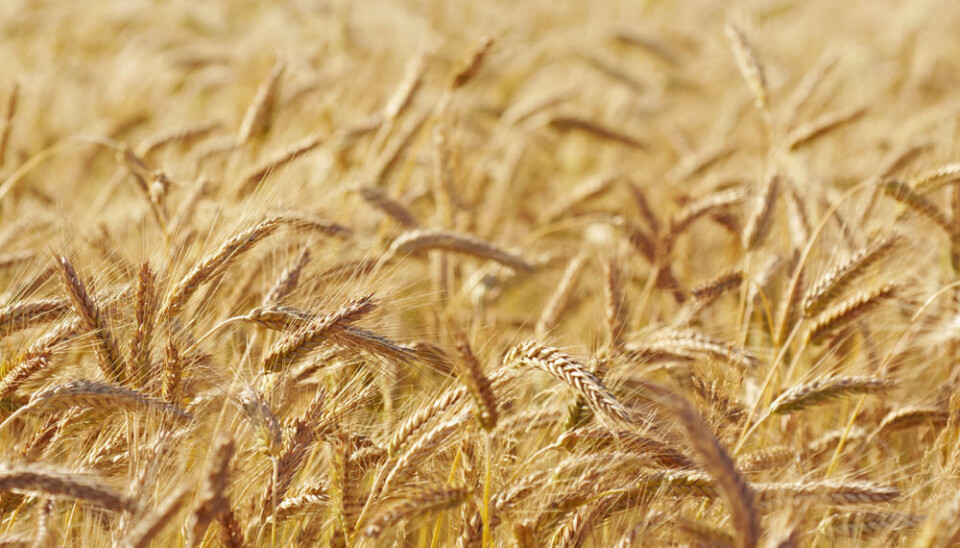This article was produced and financed by Nofima The Norwegian Institute of Food, Fisheries and Aquaculture Research

Searching for a better corn
Norwegian farmers have shifted their production toward more wholesome and robust corn varieties – an important contribution to public health.
Denne artikkelen er over ti år gammel og kan inneholde utdatert informasjon.
Corn is a vital source of antioxidants and dietary fiber. The intake of fiber-rich corn products is recommended because there is a connection between increased intake and the reduced risk of developing cardiovascular diseases, type 2 diabetes, and probably also colorectal cancer.
Beneficial qualities have in particular been attributed to beta-glucans. According to the European Food Safety Authority (EFSA), scientific evidence supports the notion that beta-glucans from both barley and oat products may help maintain normal cholesterol levels.
“Studies have shown that almost half of the intake of dietary fiber stems from corn products,” says researcher Svein Halvor Knutsen at Nofima. “Among Norwegian corn varieties, barley and oat have the highest content of dietary fiber, and in particular of healthy, soluble fiber where beta-glucans are the key element. In general, beta-glucans in barley are evenly distributed among the entire corn, whereas for oat they are more concentrated in the external parts.”
Even though barley is the most cultivated corn variety in Norway, we eat very little of it, a mere 0.7 kg/person per year. Almost all the barley that is grown in this country is used for livestock feed. However, a serious effort is currently being made to develop barley varieties that are suitable as food grains.

Surveying quality
“For several years now, our researchers have collaborated with researchers at Bioforsk and the Norwegian University of Life Sciences in studying traditional Norwegian corn varieties,” says Kristine Naterstad, director for Food & Health at Nofima. “As a result, we now know somewhat more about the wholesome components and how best to preserve these, as well as which species that are best suited to the Norwegian climate.”
Researchers are currently surveying what influences the wholesome components and other properties of the various strains of barley and oat, which qualities the various strains have, and how the nutritional values can be preserved as intact as possible. They are examining how the content of dietary fiber is affected by the climate, how the corn will be affected by future climate change, which processing techniques are the most gentle, and which healthy products the consumers want.
It turns out that the quality of for example beta-glucans in corn products is affected during production.
“Beta-glucans can be broken down by natural enzymes that are found in the corn,” Svein Halvor Knutsen explains. “These are activated by for example soaking and sourdough processes. It is crucial to gain an overview of and control over such phenomena, so that the beta-glucans from both barley and oat can preserve their positive qualities also when they are part of a finished product.”
Developing new products
Barley and oat provide the industry with new opportunities, but that presupposes that the industry has access to stable and high-quality ingredients and knowledge about consumer preferences.
Bread is the primary source in Norway for dietary fiber from corn. One of the challenges of developing healthy and popular corn products is therefore to develop flours, corn mixtures, and milling methods that are suitable for baking – and not least that the consumers like the products.
Developing fiber-rich breads whose taste does not deviate from that of normal bread has been a priority. The high content of antioxidants in barley can for example produce a somewhat bitter taste, something that should be avoided. The researchers have emphasized the importance of finding the right barley varieties that are wholesome and suitable for baking.
------------------------------------------------






























